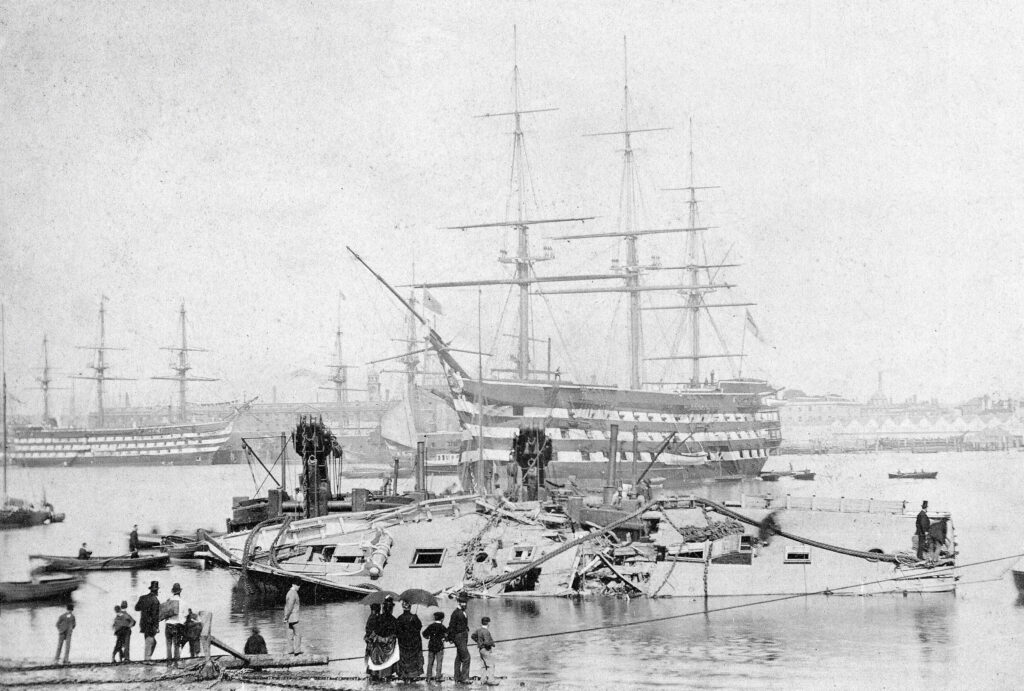Introduction
HMS Victory stands as a monumental testament to British naval prowess, embodying centuries of maritime history and the indomitable spirit of the Royal Navy. Launched in 1765 and still afloat today, she is the world’s oldest commissioned warship. Her legacy is not merely in her age but in the pivotal roles she has played in shaping naval warfare and British history.
The Birth of a Legend
Conceived during the Seven Years’ War, HMS Victory was designed by Sir Thomas Slade and constructed at Chatham Dockyard. Her launch on 7 May 1765 marked the beginning of a storied career. Initially, she spent years in reserve, undergoing significant repairs due to decay. By 1778, she was commissioned for active service, entering the fray during the American Revolutionary War.

A Floating Fortress
Victory was a first-rate ship-of-the-line, the largest class in the Royal Navy at the time. Armed with 104 guns and manned by a crew of 821, she was a formidable presence on the seas. Her design featured 27 miles of rigging and four acres of sail, allowing her to sail faster than many of her consorts. Below decks, the crew lived in cramped conditions, with sailors assigned to mess tables where they ate together before folding them away to lay out their hammocks. Even Nelson’s private cabin was utilized for battle preparations, underscoring the ship’s role as a floating fortress .
The Battle of Trafalgar
The zenith of Victory’s service came on 21 October 1805 during the Battle of Trafalgar. Under Admiral Lord Nelson’s command, she led the British fleet to a decisive victory over the combined French and Spanish forces. The battle, however, proved costly; Nelson was fatally wounded aboard Victory, and of her 821 crew, 51 were killed, 11 died of wounds, and 91 were wounded and survived .
Preservation and Restoration
After Trafalgar, Victory continued to serve but gradually fell into disrepair. In 1922, she was moved into Dry Dock No. 2 at Portsmouth Historic Dockyard, where she remains today. Over the years, various restoration efforts have been undertaken to preserve her. The most recent, known as “The Big Repair,” commenced in 2018 with a £42 million initiative to replace deteriorating planking and combat infestations, such as the deathwatch beetle, which has plagued her timbers since 1932.
A Living Museum
Today, HMS Victory serves as a museum ship, attracting around 350,000 visitors annually. Visitors can explore her decks, view exhibits detailing her history, and witness ongoing restoration work. The ship also functions as the flagship of the First Sea Lord, symbolizing the enduring legacy of the Royal Navy .
Conclusion
HMS Victory is more than a ship; she is a living monument to Britain’s naval heritage. From her design and construction to her pivotal role in naval history and her ongoing preservation, she embodies the resilience and innovation of the Royal Navy. As she continues to inspire future generations, HMS Victory remains a testament to the enduring spirit of maritime adventure and national pride.

